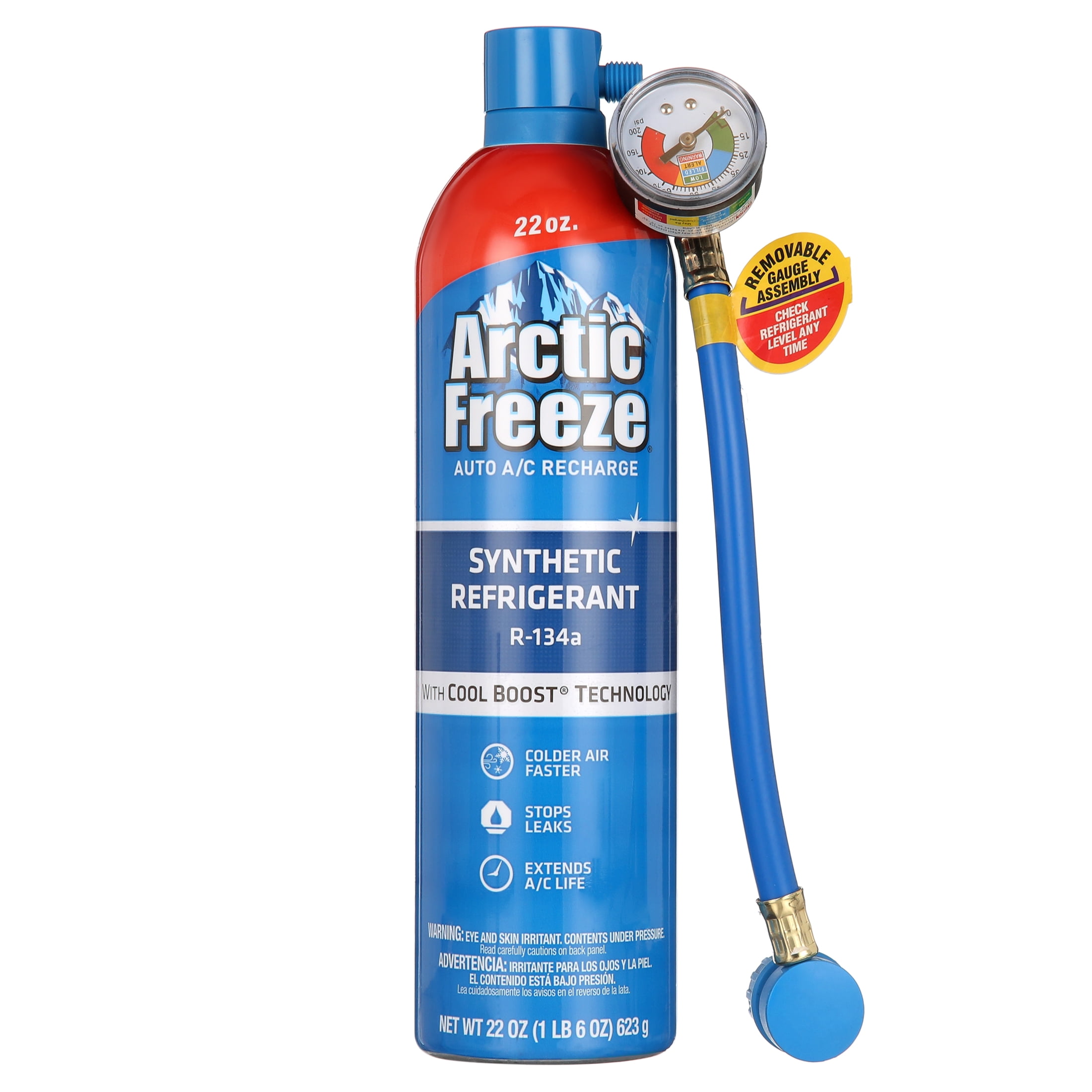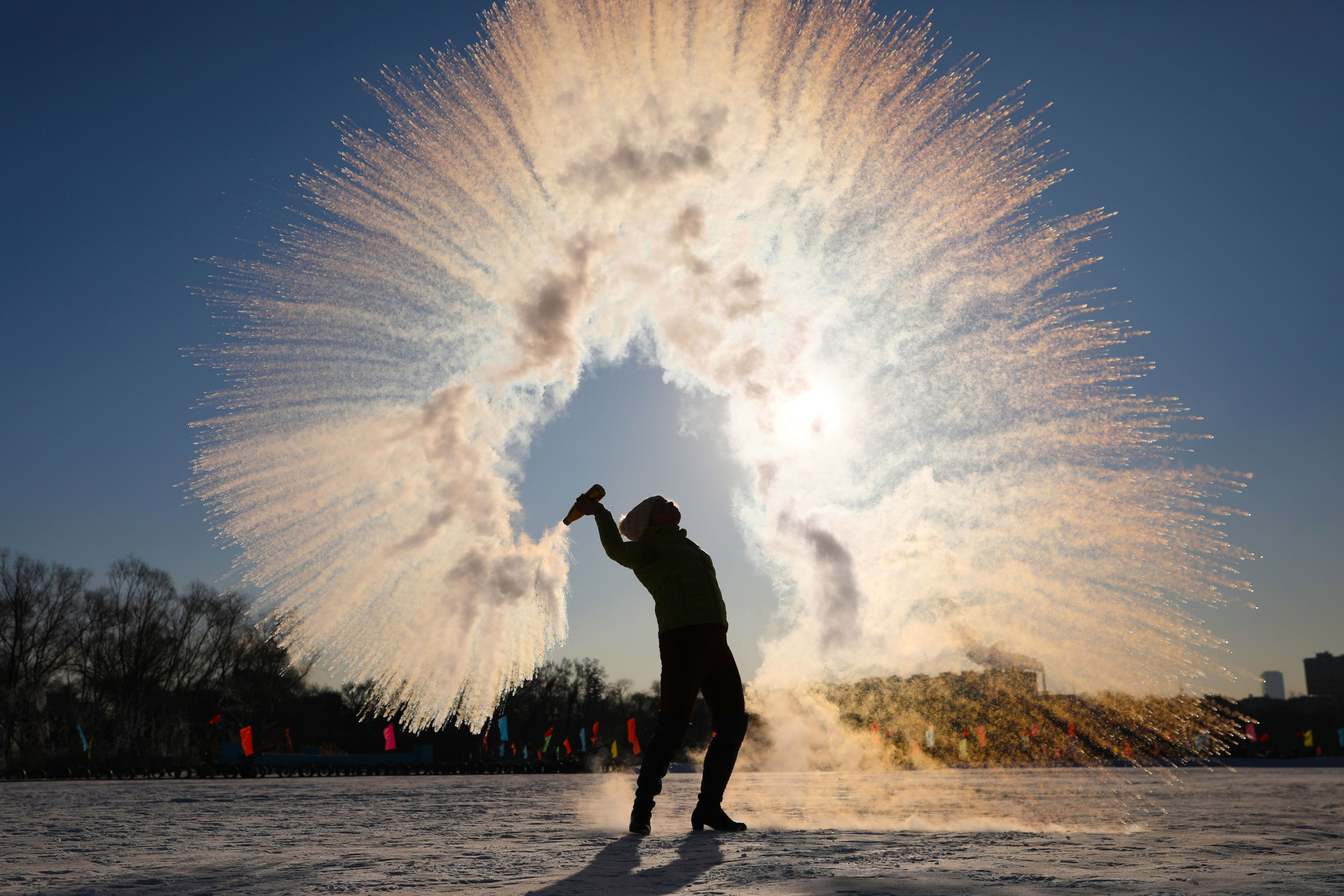Arctic Blast Unleashes 'Exceptionally Cold' Freeze, Triggering Nationwide Shivers
A Crippling Cold Front Engulfs the Nation
An unprecedented Arctic blast has descended upon the United States, bringing with it record-breaking low temperatures and wreaking havoc across the country.
Over the weekend, the National Weather Service issued a series of winter storm warnings and advisories as temperatures plummeted to dangerous levels. In some areas, the mercury dipped below -60 degrees Fahrenheit, making it one of the coldest outbreaks in modern history.
The extreme cold has had severe consequences, causing widespread power outages, school closures, flight cancellations, and a spike in emergency room visits.
Causes and Impacts of the Arctic Blast
The Arctic blast is a result of a sudden stratospheric warming event that occurred high above the Arctic Circle. This warming caused the polar vortex, a region of low pressure that typically traps cold air near the North Pole, to weaken and send frigid air southward.
The impact of the Arctic blast has been felt throughout the United States. In the Midwest, wind chills as low as -100 degrees Fahrenheit have been reported. In the Northeast, snowstorms and high winds have caused widespread power outages and travel disruptions.
The cold weather has also had a significant impact on human health. Hypothermia and frostbite are serious concerns, especially for those who are exposed to the elements for prolonged periods.
Critical Perspectives and Policy Implications
The Arctic blast has sparked a debate about the need for better cold weather preparedness and climate adaptation measures.
Some experts argue that extreme weather events like the Arctic blast are becoming more frequent and severe due to climate change. They call for investments in renewable energy, energy efficiency, and other measures to mitigate global warming.
Others maintain that the Arctic blast is a natural phenomenon that occurs every few decades. They argue that it is not caused by climate change and that it is more important to focus on traditional cold weather preparedness measures.
Public Health and Safety Concerns
During an Arctic blast, it is crucial to take precautions to protect oneself from the cold. This includes wearing warm clothing, staying indoors as much as possible, and avoiding strenuous activity.
If you must go outside, be sure to cover all exposed skin and limit your time outdoors. If you experience any symptoms of hypothermia or frostbite, seek medical attention immediately.
Energy Security and Infrastructure Resilience
The Arctic blast has also highlighted the need for reliable energy infrastructure. Power outages during extreme cold events can have devastating consequences for vulnerable populations.
To increase energy security, it is essential to invest in weather-resilient energy systems, including renewable energy sources, microgrids, and battery storage. This will help ensure that critical services and infrastructure remain operational during extreme weather events.
Conclusion
The Arctic blast of 2023 was a stark reminder of the power and danger of extreme weather. It has highlighted the need for better cold weather preparedness, climate adaptation measures, and a resilient energy infrastructure.
By working together, we can create a society that is better prepared for the challenges of a changing climate and ensure the safety and well-being of all citizens.
Read also:
Lumbee Tribe Closer To Federal Recognition After President Trump Signs Memo
Monfils, Collins Aim To Sustain Australian Open Excitement
Philadelphia Phillies Trade Idea Sends Alec Bohm To New York Yankees

